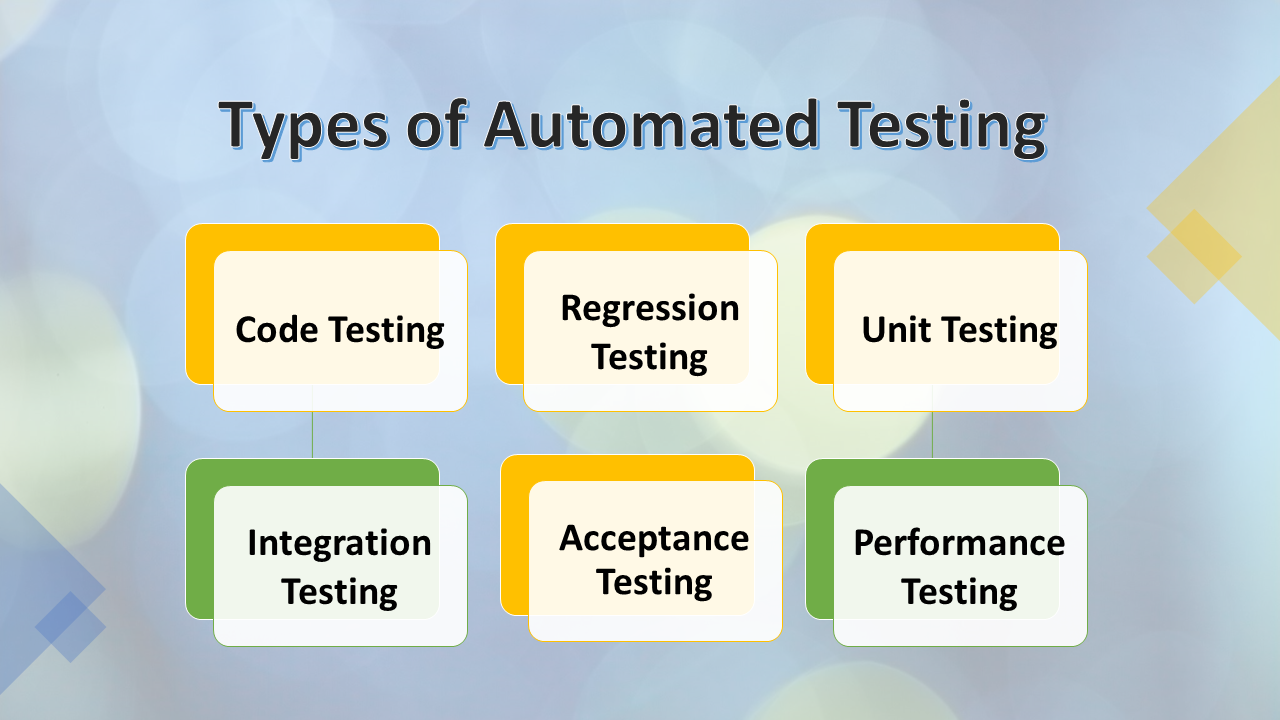Making Sure Success in Automation Checking: Key Metrics, Obstacles, and Solutions Every QA Group Should Know
In the realm of software application quality control, the landscape of automation screening is ever-evolving, demanding a thorough technique to ensure seamless procedures. Trick metrics offer as the compass directing QA groups with the substantial terrain of test automation, dropping light on development and areas for improvement. Obstacles impend large, commonly casting shadows on the path to success. By understanding these obstacles and executing effective options, QA teams can navigate through intricacies with finesse. The trip to mastering automation testing is led with nuances that require a keen eye for surveillance, analysis, and continuous improvement. automation testing. As the sector moves ahead, the mission for optimum efficiency in automation testing stays a constant pursuit, urging QA teams to furnish themselves with the understanding and strategies vital for triumph.
Significance of Secret Metrics
Understanding the importance of key metrics is essential for assessing the performance and efficiency of automation screening procedures. Key metrics act as measurable procedures that supply important insights into numerous elements of the testing procedure, such as test protection, examination implementation time, problem density, and examination instance effectiveness. By evaluating these metrics, QA groups can recognize bottlenecks, ineffectiveness, and areas for improvement within their automation screening structure.
One critical aspect of crucial metrics is their ability to track development and keep an eye on the overall health of the screening process (automation testing). They allow stakeholders to make educated decisions based on data-driven insights, which can bring about extra effective testing methods and better source allowance. Furthermore, essential metrics can aid groups set realistic goals, gauge the success of automation campaigns, and demonstrate the ROI of automation testing efforts

Usual Difficulties Encountered
Challenges generally experienced in automation testing processes can significantly influence the overall efficiency and performance of QA teams. One of the major difficulties is the option of the right test cases for automation. Not all examination cases are suitable for automation, and picking the wrong ones can lead to lost time and sources. Furthermore, maintaining examination scripts can be a complicated task, particularly as the application goes through frequent modifications. Test manuscript upkeep calls for constant updates and modifications to guarantee they show the present performance precisely. Another common obstacle is the initial financial investment required for establishing up automation structures and devices. This can be an obstacle for some organizations, especially smaller sized ones with restricted budget plans. Automation testing may not cover all elements of screening, such as usability and individual experience screening, which still require hands-on intervention. Conquering these obstacles needs appropriate preparation, critical examination instance option, robust maintenance processes, appropriate resources, and a clear understanding of the restrictions of automation testing.
Efficient Solutions for Difficulties
To deal with the barriers encountered in automation testing, carrying out efficient services is crucial for boosting the efficiency and performance of QA groups. One vital remedy is to spend in robust training programs for QA groups to guarantee find out here now they have the required skills to efficiently utilize automation tools. Training can link understanding spaces, improve understanding of automation frameworks, and boost scripting capabilities, inevitably bring about extra efficient examination creation and implementation.
Another essential service is to establish clear interaction channels within the QA group and with various other stakeholders, such as programmers and job supervisors. Reliable interaction helps in straightening assumptions, sharing development updates, and immediately addressing issues or roadblocks that might arise throughout the automation screening process.

Tracking and Evaluation Techniques
Carrying out reliable monitoring and evaluation methods is vital for making certain the success and efficiency of automation screening procedures. In addition, examining test results and metrics supplies beneficial understandings into the quality of the software application being examined and the efficiency of the testing technique.
One secret strategy in tracking and evaluation is using control panels that combine appropriate metrics and KPIs in an aesthetically easily accessible style. These dashboards use a thorough overview of test implementation status, test protection, flaw trends, and various other vital company website details. Routinely reviewing and assessing these dashboards can assist QA teams make educated decisions, prioritize jobs, and maximize screening initiatives.
Furthermore, executing automated notifies and notices based on predefined limits can boost positive monitoring and prompt intervention. By establishing alerts for efficiency variances or examination failures, teams can resolve problems immediately and avoid them from intensifying. In general, surveillance and evaluation methods play an essential function in guaranteeing the efficiency and success of automation screening initiatives.
Constant Improvement Methods
Enhancing the efficiency of automation screening procedures requires the consistent improvement of methodologies and techniques. Continuous enhancement methods are essential for QA teams to adjust to developing technologies and provide premium software. One crucial method to improving automation screening procedures is to conduct routine evaluations and retrospectives. By assessing previous testing cycles, teams can determine bottlenecks, inefficiencies, and areas for improvement. Applying feedback loops and including lessons found out right into future screening frameworks can generate substantial enhancements with time.

Conclusion
In conclusion, it is essential for QA teams to comprehend the vital metrics, difficulties, and services in automation screening to guarantee success. By meticulously monitoring and analyzing data, carrying out effective remedies to usual difficulties, and continually enhancing methods, QA teams can enhance their screening processes and supply top quality software program products. Complying with these methods will ultimately cause much more effective and reliable automation screening techniques.
By analyzing these metrics, QA groups can recognize traffic jams, inefficiencies, and locations for enhancement within their automation screening structure.
Furthermore, essential metrics can aid groups set practical objectives, determine the success of automation campaigns, i was reading this and show the ROI of automation screening initiatives.
Obstacles generally run into in automation testing procedures can significantly influence the overall effectiveness and efficiency of QA groups. Automation testing might not cover all facets of screening, such as functionality and customer experience testing, which still need hand-operated treatment.In verdict, it is critical for QA teams to comprehend the vital metrics, obstacles, and solutions in automation screening to ensure success.